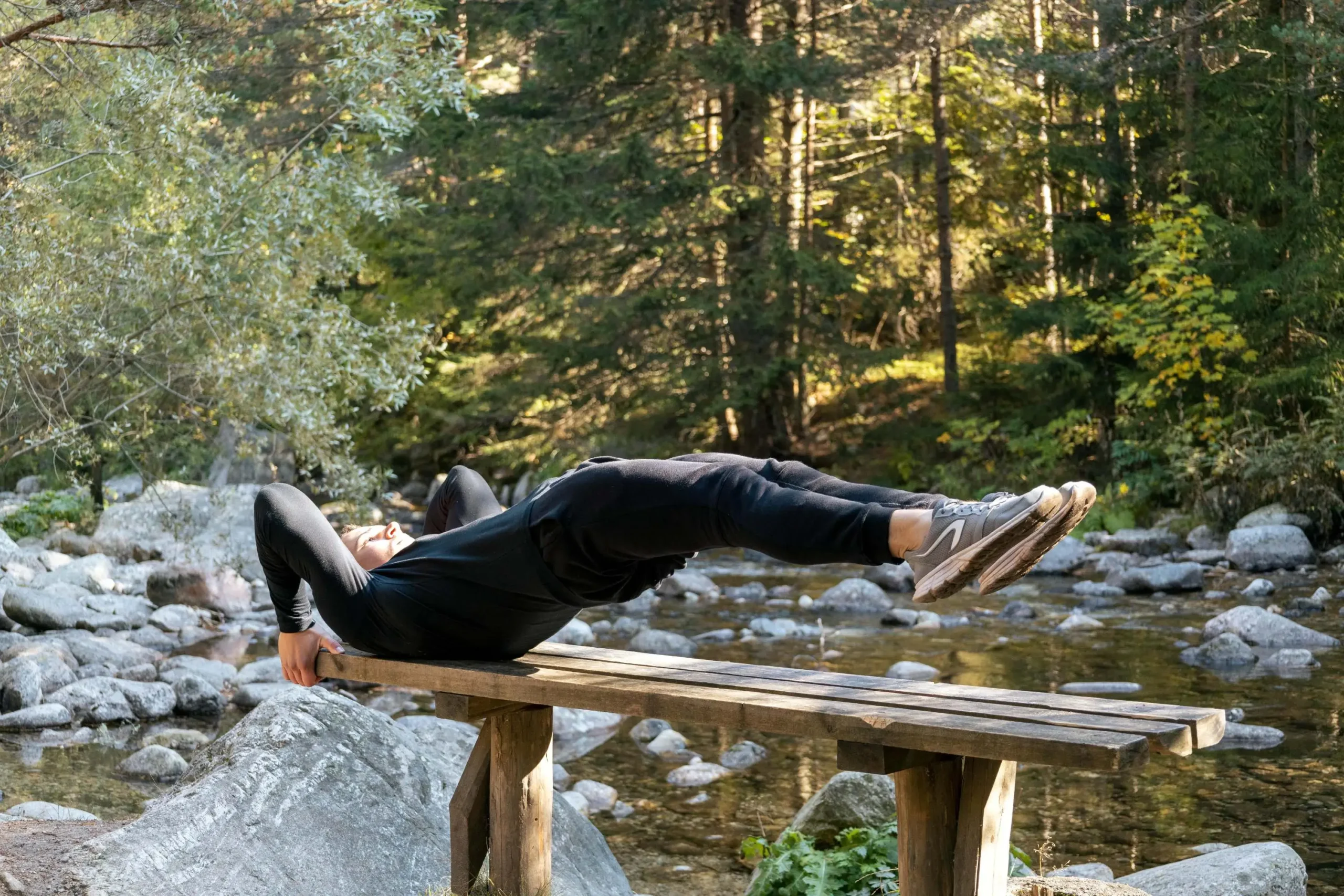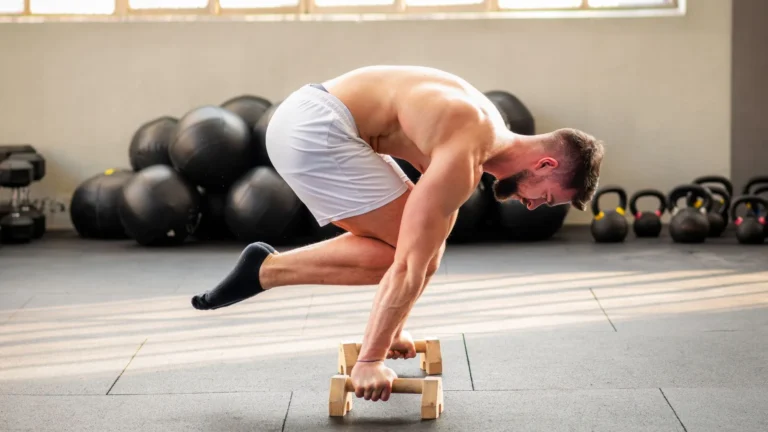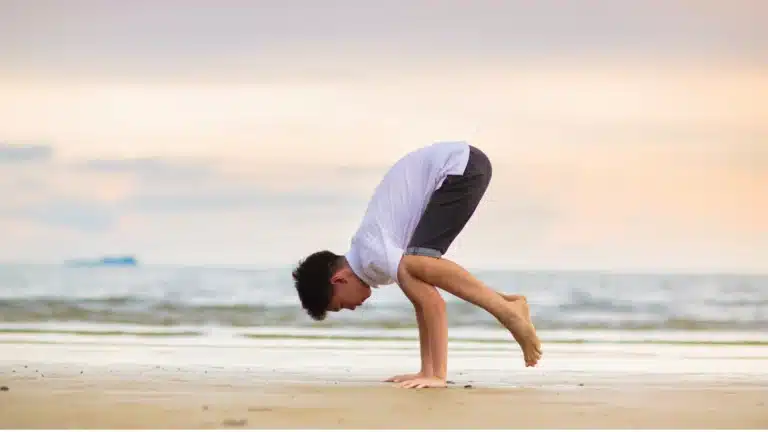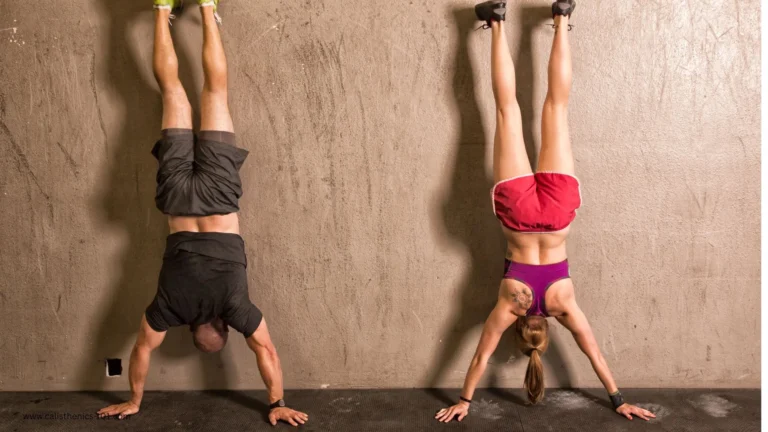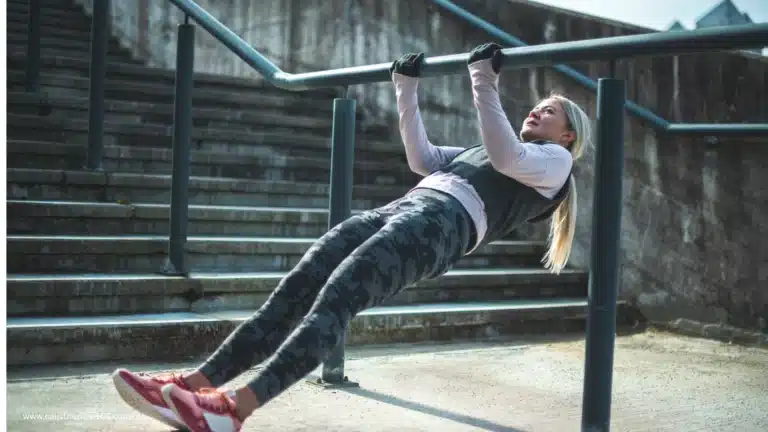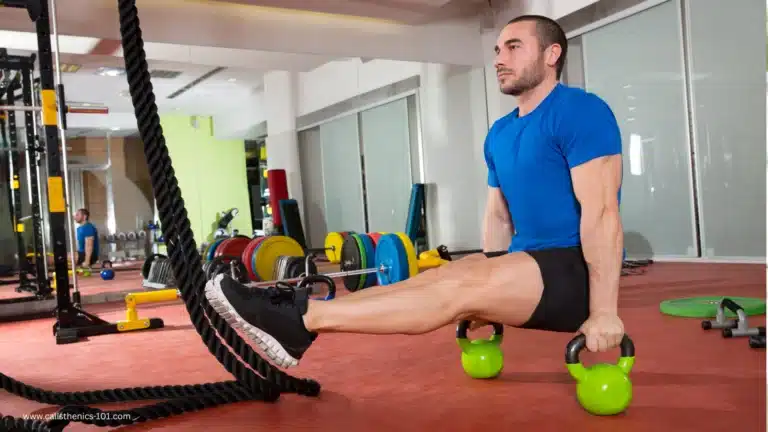Bruce Lee Dragon Flag: 5 Insane Secrets to Unbreakable Core Power
If you’re looking for a powerful way to transform your core strength and sculpt your midsection, the Bruce Lee Dragon Flag might just be the ultimate move for you. Famously performed by the legendary martial artist Bruce Lee, this exercise is widely regarded as one of the most effective and challenging core workouts out there. In this article, you’ll discover everything you need to know about the Bruce Lee Dragon Flag — what it is, why it’s so effective, how to do it properly, and how you can safely work your way up to mastering it.
What Is the Bruce Lee Dragon Flag?
The Bruce Lee Dragon Flag is a dynamic and intense core exercise that demands total body control. Essentially, it involves lying on your back, gripping a sturdy surface behind your head, and lifting your entire body off the ground in a straight line, resembling a “flag.” The movement requires immense strength from your core, shoulders, and hips.
This move became iconic because Bruce Lee incorporated it into his training regimen to build a rock-solid midsection and exceptional body control. Today, it’s a staple among calisthenics enthusiasts and athletes who want to develop core strength that goes beyond simple crunches or planks.
Why Is It Called the Dragon Flag?
The name “Dragon Flag” comes from the impressive visual of the exercise. When you hold your body horizontally off the ground with only your upper back and shoulders touching the surface, your body looks like a flag waving on a pole—strong, straight, and controlled. Bruce Lee’s ability to perform this move with grace and power earned it the name, symbolizing strength and precision.
Benefits of the Bruce Lee Dragon Flag
You might wonder why so many fitness enthusiasts praise the Bruce Lee Dragon Flag. Here are some compelling reasons why it’s considered the best core exercise:
1. Develops Incredible Core Strength and Stability
Unlike traditional ab exercises that target only superficial muscles, the Dragon Flag activates your entire core complex — from the rectus abdominis (the “six-pack” muscle) to the deep transverse abdominis and obliques. This comprehensive engagement improves your spinal stability, posture, and reduces injury risk.
2. Engages Multiple Muscle Groups
Although the focus is on your core, you also recruit muscles from your lats, shoulders, glutes, and hip flexors. This makes the Dragon Flag a full-body tension exercise, enhancing your overall muscular control and strength.
3. Enhances Functional Fitness and Athletic Performance
Because this move requires balance, coordination, and body tension, it transfers well to sports and activities that demand explosive power and core control—martial arts, gymnastics, and weightlifting, to name a few.
4. Builds an Aesthetic Midsection
Performing the Bruce Lee Dragon Flag regularly will sculpt your abs into a defined, “washboard” look reminiscent of Bruce Lee’s legendary physique.
How to Perform the Bruce Lee Dragon Flag Correctly
Mastering the Bruce Lee Dragon Flag requires patience and proper form. Here’s a step-by-step guide to help you perform it safely and effectively:
Equipment You’ll Need
- A sturdy bench, flat surface, or even a pull-up bar with support behind your head.
- Optional: A padded mat to cushion your upper back and shoulders.
Step-by-Step Instructions
- Lie flat on your back on the bench or floor, gripping the edge firmly behind your head with both hands.
- Press your upper back and shoulders firmly against the bench, keeping your arms strong and stable.
- Engage your core fully as you lift your legs and hips off the surface, raising your entire body in a straight line from your shoulders to your toes.
- Hold the position briefly, maintaining tightness in your core and keeping your body rigid like a plank.
- Slowly lower your body back down, controlling the descent without letting your lower back sag or your hips drop.
- Repeat for your desired number of repetitions.
Key Form Tips
- Keep your body completely straight and avoid bending at the hips.
- Use controlled, slow movements — especially when lowering yourself.
- Breathe steadily; exhale as you lift, inhale as you lower.
- Maintain a firm grip to stabilize your upper body.
Progressions and Modifications for Beginners
The Bruce Lee Dragon Flag is advanced and can be very demanding when you’re just starting. To avoid injury and frustration, start with these progressions:
Beginner Variations
- Leg Raises: Practice lying leg raises to build foundational core strength.
- Partial Dragon Flags: Lower your body only partway down, gradually increasing your range of motion.
- Negative Dragon Flags: Focus only on the slow lowering phase to build eccentric strength.
- Tuck Dragon Flags: Keep your knees bent to reduce the load on your core.
Training Tips
- Begin with 2–3 sets of 3–5 reps per session.
- Prioritize quality over quantity to ensure correct form.
- Allow at least one day of rest between Dragon Flag training sessions.
Common Mistakes to Avoid
Even experienced athletes can make mistakes with the Bruce Lee Dragon Flag. Here’s what to watch out for:
- Letting your hips sag or drop, which reduces core engagement and strains your lower back.
- Using momentum or swinging your legs instead of controlled muscle effort.
- Not gripping the bench firmly, causing instability.
- Holding your breath during the exercise, which can increase tension and dizziness.
- Overtraining without adequate rest, leading to fatigue and injury.
Correction Tips: Use a mirror or record yourself to check your form. Slow your movements and focus on body tension throughout the exercise.
Sample Bruce Lee Dragon Flag Workout Plan
| Day | Exercise | Sets | Reps | Notes |
|---|---|---|---|---|
| 1 | Partial Dragon Flags | 3 | 3–5 | Focus on slow controlled reps. |
| 2 | Rest or light cardio | – | – | Recovery day. |
| 3 | Core exercises (planks, leg raises) | 3 | 10–15 | Complementary core work. |
| 4 | Negative Dragon Flags | 3 | 3–5 | Emphasize slow lowering. |
| 5 | Rest or mobility work | – | – | Prevent injury and improve flexibility. |
Frequently Asked Questions About the Bruce Lee Dragon Flag
What muscles does the Bruce Lee Dragon Flag work?
The exercise primarily targets your core muscles, including the rectus abdominis, transverse abdominis, and obliques. It also engages your lats, glutes, hip flexors, and shoulders to maintain body tension.
How long does it take to master the Bruce Lee Dragon Flag?
Everyone progresses at a different pace, but with consistent practice, you can expect to develop significant strength in a few weeks to months. Using proper progressions accelerates your learning curve.
Is the Bruce Lee Dragon Flag safe for beginners?
The full Dragon Flag is not recommended for beginners due to its high difficulty and risk of injury if performed improperly. Start with progressions and build your core strength gradually.
Can the Bruce Lee Dragon Flag help with lower back pain?
When done with correct form, this exercise strengthens your core stabilizers and can reduce lower back pain. However, if you have existing back problems, consult a healthcare professional before attempting.
How often should I train the Bruce Lee Dragon Flag?
Training the Dragon Flag 2–3 times a week with adequate rest between sessions is ideal to build strength without risking overtraining.
Conclusion: Take Your Core Strength to the Next Level
Now that you know why the Bruce Lee Dragon Flag is often called the best core exercise, it’s time to put this knowledge into action. Start with the beginner progressions, focus on mastering the technique, and be patient with your progress. This move will challenge your core like no other, helping you build strength, control, and a physique worthy of the Dragon himself.
If you’re ready to take your training further, try incorporating the Dragon Flag into your workout routine and track your improvements. Feel free to share your journey or ask questions to deepen your understanding. Your path to an unbreakable core starts here.
If you want, I can also provide workout videos, detailed training plans, or tips to complement your Dragon Flag practice—just ask!

